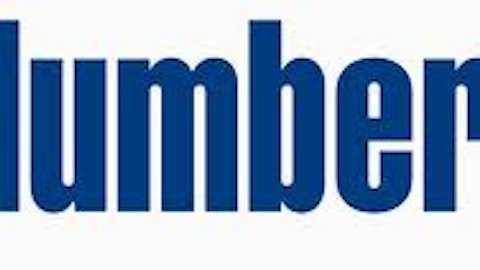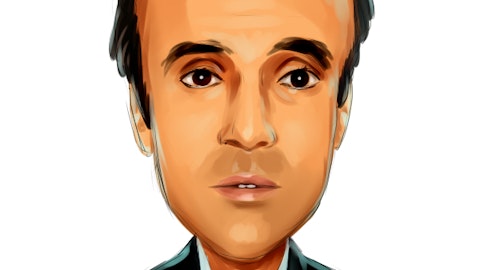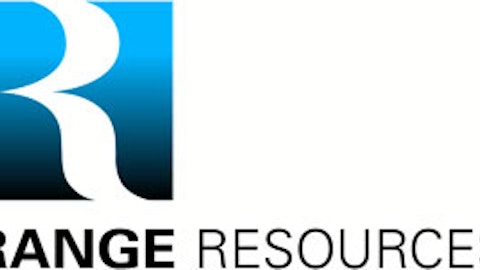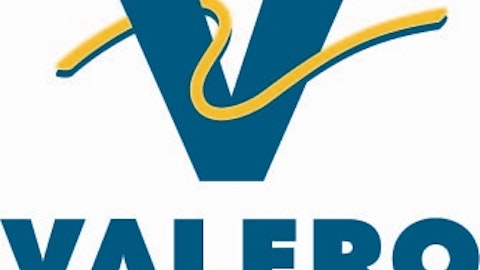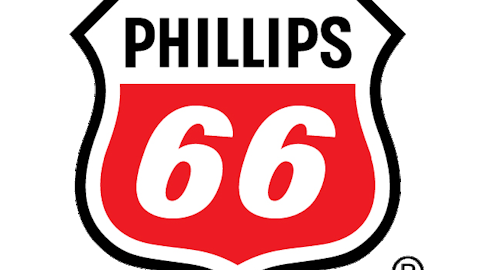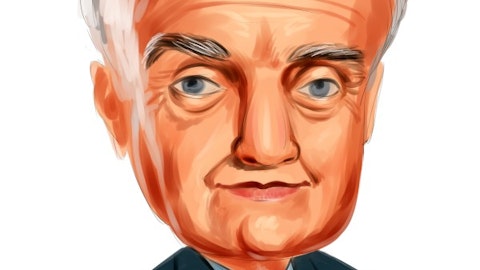The Dry Holes
Halliburton Company (NYSE:HAL): While a legend in the oilfield services business and an insanely well-run company, it’s hard to get excited about shares of Halliburton Company (NYSE:HAL). The stock price sits near its 52-week high at nearly $46. The forward P/E isn’t all that unreasonable at 14, but the dividend yield of just above 1% is miserly for a $42 billion company that generates over $4 billion in annual free cash flow. This is a valuation call. The price and the compensation just don’t justify ownership. In addition to the toppy price, too much legal risk remains from the Deepwater Horizon disaster fallout.
Schlumberger Limited. (NYSE:SLB): Another legendary name in the oil services business, Schlumberger, like its archrival Halliburton Company (NYSE:HAL), looks a little expensive. Shares trade at around $80 with a forward P/E of 18 (pretty much equal to that of the S&P 500). The company is also stingy with its annual free cash flow of nearly $9 billion, paying out a measly 1.5% dividend yield. As with Halliburton Company (NYSE:HAL), there’s not enough incentive to own the shares. Schlumberger Limited. (NYSE:SLB)’s overreliance on drilling in the Gulf of Mexico can also be seen as a liability as activity in that region is growing at a slower pace due to increased activity in land-based exploration in North America.
Nabors Industries Ltd. (NYSE:NBR): As the world’s largest land oil drilling contractor, it would seem that Nabors Industries Ltd. (NYSE:NBR) would be a no-brainer route to participating in the North American oil renaissance. Looking under the hood of this one tells me otherwise. Earnings growth is less than impressive. 2012 earnings per share (EPS) came in at 82 cents. Estimates for 2013 are for 85 cents a share. 3% EPS growth from the biggest player in a booming sector isn’t enough to get impressed by. Return on equity is also unexciting at just 4.2%.The 1% dividend yield isn’t that attractive either.
Risks to Consider: Oil prices have gone up, which means they are destined to fall sooner than later. Crowd psychology typically takes over, which means that the prices of oil related stocks should go down, too. The lower valuation metrics and decent yields on the stocks I like should help combat that movement. Also, keep in mind that we are about to enter the busy portion of hurricane season, this always has a negative impact on refiners due to their presence on the Gulf Coast.
Action to Take –> Collectively, the bargain basket of VLO, PBR, and PSX trade with an average forward P/E of 8.2 and a dividend yield of 2.23%. Modest P/E expansion of 25% — going from a P/E of 7 to a still cheap P/E of 8.8 — would result in one-year returns of 25% or better for the basket. Factoring in the dividend, potential total return would be north of 27%.
P.S. — If you like dividend stocks like Phillips 66 — which is doing quite well after it was spun off from ConocoPhillips last year — you should learn about a special group of dividend growers beating the market 7 to 1. We call them “Rich Parent” stocks, because they all have a wealthy “parent” company giving them sweetheart deals and special pricing. A $10,000 investment in one of these stocks in 2001 would be worth $177,200 today, but thanks to their “Rich Parent” advantage, that looks like just the beginning. To get the names of some of these stocks, click here.
– Adam Fischbaum
Warren Buffett’s Top 5 Stocks
Buffett’s firm, Berkshire Hathaway, holds dozens of stocks. But these five make up 75% of its portfolio… worth $65 billion. Click here to get Buffett’s top 5 stocks plus his 16 latest buys, FREE.
